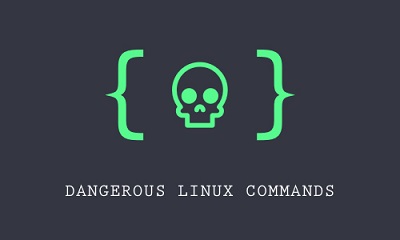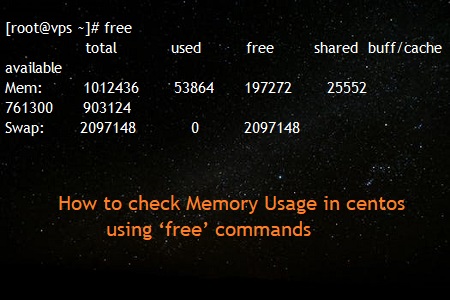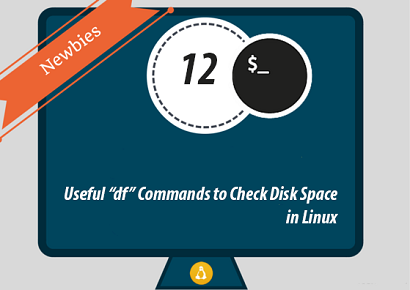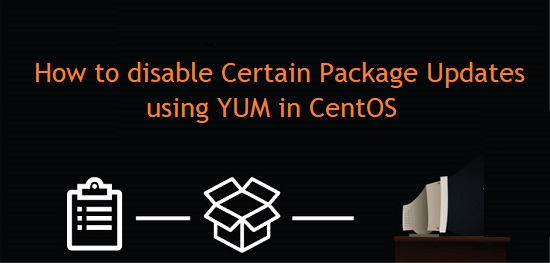Linux
How to use “rm -rf” command in Linux
Description The rm command is a UNIX and Linux command line utility for removing files or directories on a Linux system. In this article, we will clearly explain what actually “rm -rf” command can do in Linux. In addition, we can see examples of removing a file, removing a directory, removing multiple files or directories, […]
How to Manage Linux Disk Partitions using fdisk commands
Description fdisk stands (for “fixed disk or format disk“) is an most commonly used command-line based disk manipulation utility for a Linux/Unix systems. With the help of fdisk command we can view, create, resize, delete, change, copy and move partitions on a hard drive using its own user friendly text based menu driven interface. It […]
5 Command Line Ways to Find Out Linux System is 32-bit or 64-bit
Description This article describes how to find out whether your Linux system’s OS is 32-bit or 64-bit. This will be helpful if you wanted to download or install an application in your Linux system. As we all know, we can’t install 64-bit applications into a 32-bit OS type. That’s why knowing your Linux system’s OS […]
10 Most Dangerous Commands – Should Never Execute on Linux
Description Linux command line is productive, useful and interesting but sometimes it may be very much dangerous specially when you are not sure what you are doing. This article is not intended to make you furious of Linux or Linux command line. We just want to make you aware of some of the commands which […]
How To Setup Timezone and NTP on CentOS 6
Description It’s important to set and maintain the time on servers correctly. Wrongly configured time will cause chaos within the server environment, such as data inconsistency, data synchronization failures, and job scheduling problems. To avoid these undesirable issues, first, you need to set a reasonable time zone on your server, giving your server a relatively […]
How to transfer files using rsync command
Description Rsync (Remote Sync) is a most commonly used command for copying and synchronizing files and directories remotely as well as locally in Linux/Unix systems. With the help of rsync command you can copy and synchronize your data remotely and locally across directories, across disks and networks, perform data backups and mirroring between two Linux machines. […]
How to check Memory Usage in centos using ‘free’ commands
Description Linux is one of the most popular open source operating system and comes with huge set of commands. The most important and single way of determining the total available space of the physical memory and swap memory is by using “free” command. The Linux “free” command gives information about total used and available space […]
How to Install PHP 5.6 on CentOS 7
Description By default the CentOS 7 official software package repositories have PHP 5.4, which has reached the end of life and no longer actively maintained by the developers. To keep up with the latest features and security updates, you need a newer (probably the latest) version of PHP on your CentOS 7 system. It is […]
How to check disk usage using df commands
Description The ‘df‘ command stand for “disk filesystem“, it is used to get full summary of available and used disk space usage of file system on Linux system. Using ‘-h‘ parameter with (df -h) will shows the file system disk space statistics in “human readable” format, means it gives the details in bytes, mega bytes […]
How to disable Certain Package Updates using YUM in CentOS
Description YUM means Yellowdog Updater Modified. It is an open source default package management system for several Linux flavors like RHEL (Red Hat Enterprise Linux), CentOS (Community Enterprise Operating System)and Fedora. The YUM utility is used to install, upgrade, remove rpm based packages from the distribution repositories in systems. But sometime we don’t want to […]









